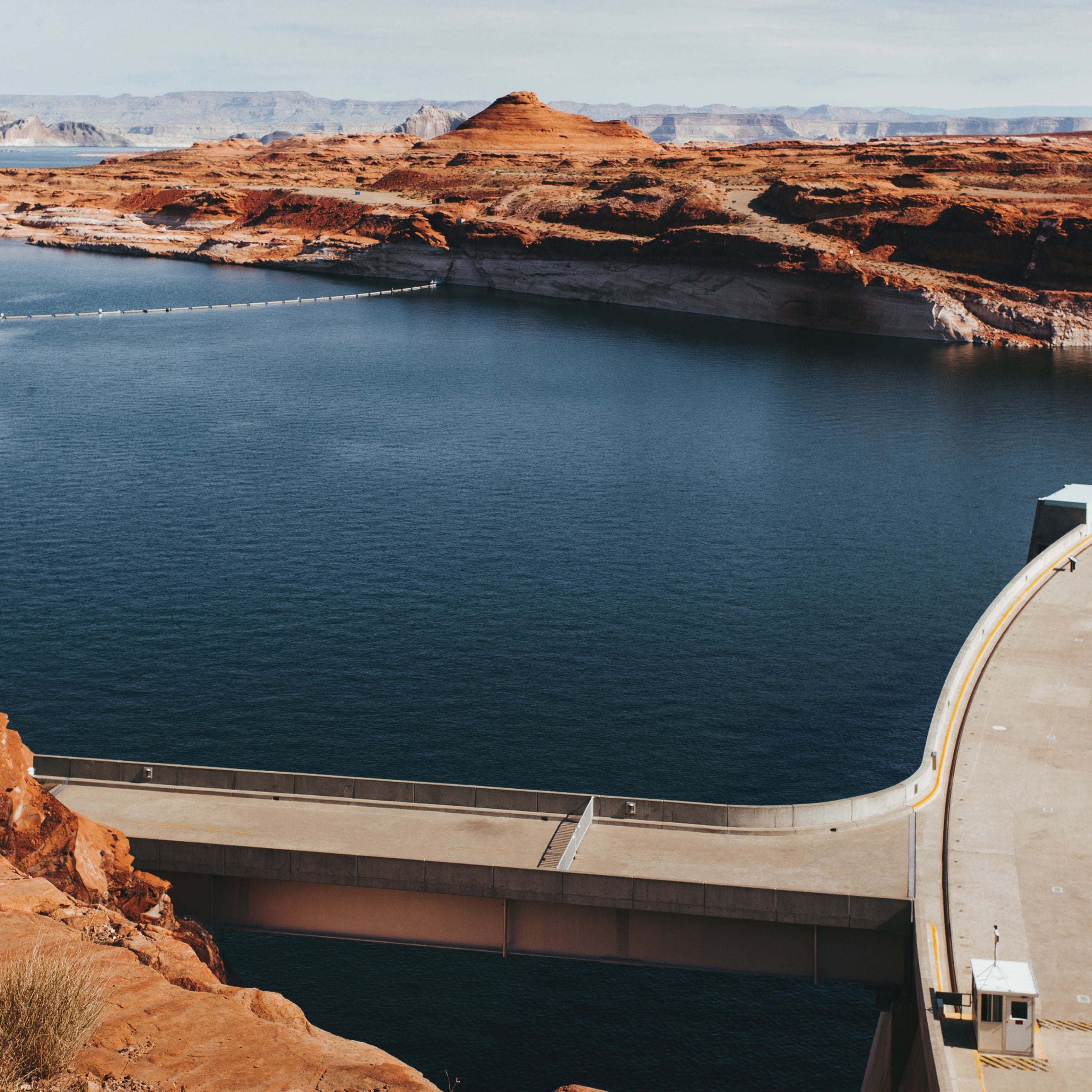I hate Lake Powell as much as anyone. Since 1963, the Colorado River has pooled behind 710-foot Glen Canyon Dam, flooding not only 186 miles of serene but also a labyrinth of grottoes, slot canyons, and oases like Cathedral of the Desert, Ribbon Canyon, and Dungeon Canyon. Some have called Glen Canyon the lost national park. For many, it is a and, worse, a symbol of man’s hubris—and a reminder to fight like hell on matters of conservation.
It also swamped 18 rapids in , farther upstream, where I raft-guided in the 1990s. Instead of shooting legendary drops like Imperial and Dark Canyon on the weeklong trip’s final days, we stalled out on the greasy lake. Our outboard motor broke the wilderness idyll as we puttered along for 30 miles above the drowned rapids.
We’d talk about Edward Abbey’s idea to detonate a houseboat full of explosives against the dam’s upstream face, sending the lake careening down Grand Canyon. When we learned that the reservoir was filling up with silt and would eventually become obsolete, some guides sank their bags of trash in the lake, hoping to hasten the demise of the reservoir we called Lake Foul.
Lately, though, a new idea has been gaining traction: . Called , the plan calls for storing Lake Powell’s water 300 miles downstream in Lake Mead. Both reservoirs—the first- and second-largest in the nation—are currently less than half full, and few expect them to ever reach capacity again, so Mead has the capacity. According to the plan, Glen Canyon Dam would stay in place to store water in the rare wettest years when Mead might surpass capacity.
Without Powell, more dams could be greenlighted upstream to replace that storage capacity, meaning free-flowing sections of rivers that feed the Colorado could be compromised.
Proponents say we’d save water by curtailing losses from evaporation—the reservoirs lose about six feet from their surface annually in the hot desert sun—and from water seeping through the porous sandstone lining Lake Powell. One study said FMF would , about the annual water use of Las Vegas.
Advocates also say the plan would allow for the restoration of Glen Canyon, improve habitat and migration for endangered native fish, and restore beaches and huge spring flows for Grand Canyon River runners. The initiative has gained the support of media and high-profile former Bureau of Recreation employees. There’s just one problem: the political storm FMF would generate .
The , a Utah-based nonprofit focused on restoring the Colorado to a free-flowing state. The plan tries to do more than harken back to a lost past; it tries to engineer a win-win solution in a complex and flawed water-allocation system. Put simply, Colorado River users—meaning farmers and cities like Phoenix, Las Vegas, and Los Angeles—draw more water from the river than its watershed generates every year.
According to the 1922 compact that governs how the river’s water is used, it’s the responsibility of Wyoming, Utah, New Mexico, and Colorado (the upper Colorado River basin) to make sure that Nevada, Arizona, and California (the lower Colorado basin) get the water they’re owed. Lake Powell allows them to do that—if there’s a low snow year in Colorado, Powell is the water bank they can withdraw from. If they couldn’t, those lower-basin states would be able to sue those in the upper basin.
Matt Rice, director of the , says it’s unlikely that the upper states would give up their primary water bank. “If the upper states couldn’t meet their compact obligation, it’s hard to imagine the sort of political chaos it would create,” says Rice. Colorado River water is hugely important to the economies of each of those states. “When there is chaos in a climate of increasing water demand, and when the river is already pushed to the limit, the health of rivers are going to suffer most.”
Without Powell, more dams could be greenlighted upstream to replace that storage capacity, meaning free-flowing sections of rivers that feed the Colorado—including the Gunnison, Yampa, and Green—could be compromised. Water diversions could be built, too, pulling enough water from the river that it might not even flow in some stretches. (This already occurs in sections of the Dolores.) Though voters recently defeated many such diversion projects in the Colorado watershed, there is an adage in the river conservation community that “no dam proposal ever dies.”
All these might be reason enough to keep Powell around. But the real blow to FMF is that challenges the plan’s water-saving merits. Authored by Jack Schmidt, former head of the , the study found that there is likely less seepage from Lake Powell than previously estimated. He also found that whatever water was stored in less-leaky Mead would evaporate faster due to the hotter temperatures that broil Lake Mead all summer long.
“We owe it to the river to get better data on the issue,” says Schmidt. “The savings probably are not worth the political cost now, but in 20 years they might be.”
Glen Canyon Institute executive director Erik Balken doesn’t see the Schmidt study as the FMF death blow that many others do. “It does what we’ve been asking for all along, which is to move the discussion about Glen Canyon forward,” he says. “Draining Lake Powell is a radical idea, and it’s not going to happen overnight.” If usage rates continue to increase and precipitation in the basin continues to decrease, Balken says, Powell may reach dead pool—the lake elevation below which water cannot be physically released through the turbines—sooner rather than later. “If that happens, draining the reservoir may be the only option.”
Meanwhile, Lake Powell foes like me take pleasure in the fact that Glen Canyon is already emerging, to some degree. With the reservoir less than half full, , and annual flash floods are clearing these grottoes of the feet of sediment left behind. In the main canyon, where I once steered our rafts by outboard motor, current flows again; 12 rapids have been unearthed thus far. Explorers now venture to spots like and Iceberg Canyon. If the lake drops 57 more feet (or 35 at this spring’s low point), Cathedral in the Desert will emerge again all on its own.


